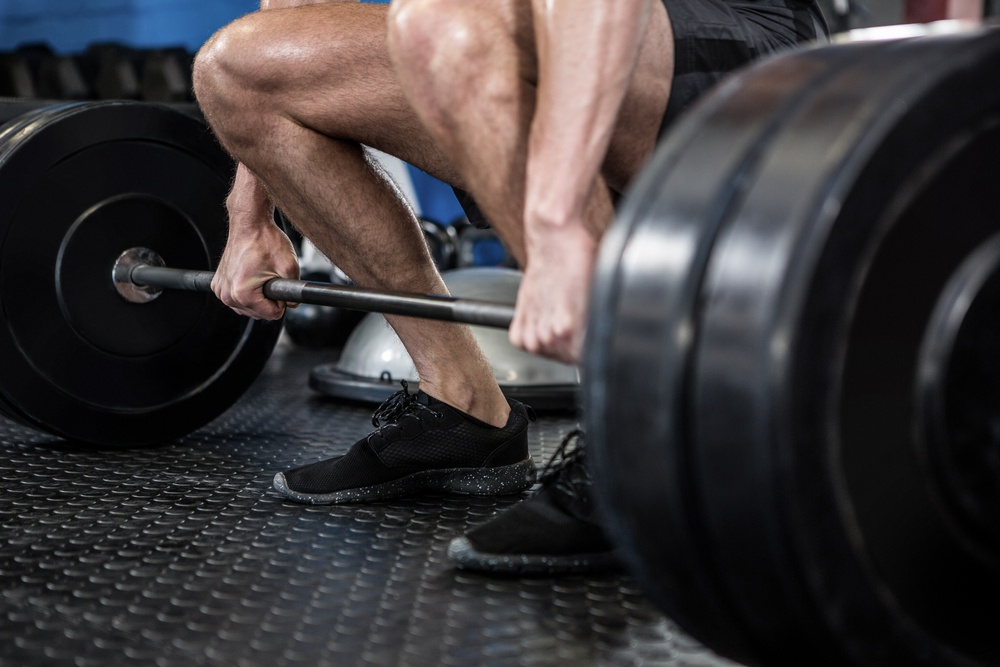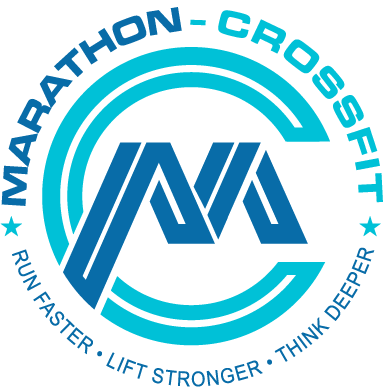
Deadlift ORM calculator
One repetition maximum calculators are helpful tools to determine whether you are getting stronger without risking injury. Be aware that calculations are theoretical and do not reflect your actual strength levels.
What are your goals
Why are you looking into a one repetition maximum calculator? Have you stalled in your progression? Do you want to know how strong you are? Are you starting a new program? Whatever it is that brought you here it is important to know what your goals are. Clear goals get you clear results. Fussy goals get you fussy results. When I talk to beginners the biggest challenge is usually how to prioritize their goals. The most common interests I see are:
- Looks
- Performance
- Health
Looks are all about that six pack and bright smile. If your main interest is in this area you will have a hard time. The main driver of success will be your diet. The closer you monitor your diet the better the results will be. If you belong to this group your choices might not always be healthy or help your performance, but you will look good while doing it.
If you are all about performance your main interest is in trophies. However, you can better your personal record is welcome. The main driver of results will be je intensity you bring to the training in the gym. Nutrition will fuel your ambition but not the main influence. Injuries will be common and you will know how to deal with it. You will make choices which will not be pretty or healthy. You won’t mind once you made it to the top.
The last group is all about health. For you everything circles around health. Your choices are balanced. The extremes are not your domain. Therefore you will stay injury and stress-free. The team won’t draft you and fitness journal won’t ring you up. But you also don’t care.
The deadlift
The deadlift Osborne of the most iconic movements in the gym. With the deadlift, you will address all main muscles in your body for a functional movement.
To do a deadlift walk up to the bar. Place your midfeet under the barbell. Grip the bar with both hands. Get tight and wedge yourself into the bar. Initiate the pull by pushing your legs into the ground. Push the floor away from you. Squeeze your butt cheeks. Keep pulling upwards to the lockout. When you are at the highest point of the deadlift put the bar back down. The process is a bit more intricate than this and this will do for now.
In terms of goals for the deadlift, there are two ways of thinking about it. You can either aim for a weight that is a certain multiple of your bodyweight or an absolute amount of kilograms. The bigger and stronger you are the more you should lean to absolute numbers. The smaller and lighter you are you should think about your ambitions in terms of multiple of bodyweight.
Big landmarks for absolute strength are the 400, 500 and 600-pound deadlift depending on size and strength. If you are an average male and want to play with the big dogs aim for a 900+ deadlift. When you aim for relative strength to bodyweight three times your bodyweight and upwards is a very impressive milestone.
The biggest advantages of the deadlift are its full body approach and manliness. There is just something primal about picking a heavy weight off the ground. There are also little movements which put arms and legs and such a heavy load.
The biggest disadvantages with the deadlift are its lack of speed and potential injuries to the back. When done with a rounded back, conventional deadlifts can quickly lead to lower back problems. Consider pulling sumo or using less weight to ensure perfect form. The other disadvantage is that the deadlift is a grind. It is the lorry truck of barbell moves. It won’t do a lot for your explosiveness.
One repetition maximum calculator
One repetition maximum calculators are used in fitness to determine your programming. Almost any program you will do calculates intensity as a percentage of one repetition maximum.
Most of them work on mathematics, not on empirical evidence. If you use them to err on the side of caution. Just because the calculator says you can pull 200kg it doesn’t mean that you can actually donut in real life.
When looking at these numbers you are in the red zone of what your body can bear. Toni’s wise to deduct 10% from your calculations and take your program from there. Strength is a marathon, not a sprint.
Should you use a one repetition maximum calculator
Absolutely. Even though the calculations might not always be accurate they will definitely show whether you are getting stronger. Especially when you use waved programs like Wendler 531 and the Juggernaut Method it is good practice to plug your numbers into a calculator. You want to know whether you are actually getting stronger. This is not as easy to track an waved programs compared to linear progressions as in Stronglifts and Starting Strength.
Further reading
- 7 simple ways to gain on the deadlift
- 72 deadlift dynamite quotes which will make you pull more
- Best deadlift dynamite review which will make you pull more
- Are deadlift slippers good?
- Can deadlifts replace the squat?
- Can kettlebell swings replace deadlifts?
- Can you use smolov for the deadlift?
- Can you squat and deadlift on the same day?
- Deadlift calculator [Free Download]
- Deadlift: How much weight to start
- Deadlift: When to use chalk
- Deadlift: When to use straps
- How to start with deadlifts?
- Try this deadlift thing to get strong like bull
- Selected quotes from deadlift dynamite that will make you stronger
- What kind of deadlift bars are there?
- When is your deadlift considered strong?
- Which is harder bench press oder deadlift?
- Why are there only 1x5 deadlifts in Stronglifts 5x5
- Why deadlift from a deficit?
- Why deadlift with bands?
- Why deadlift with a belt?

